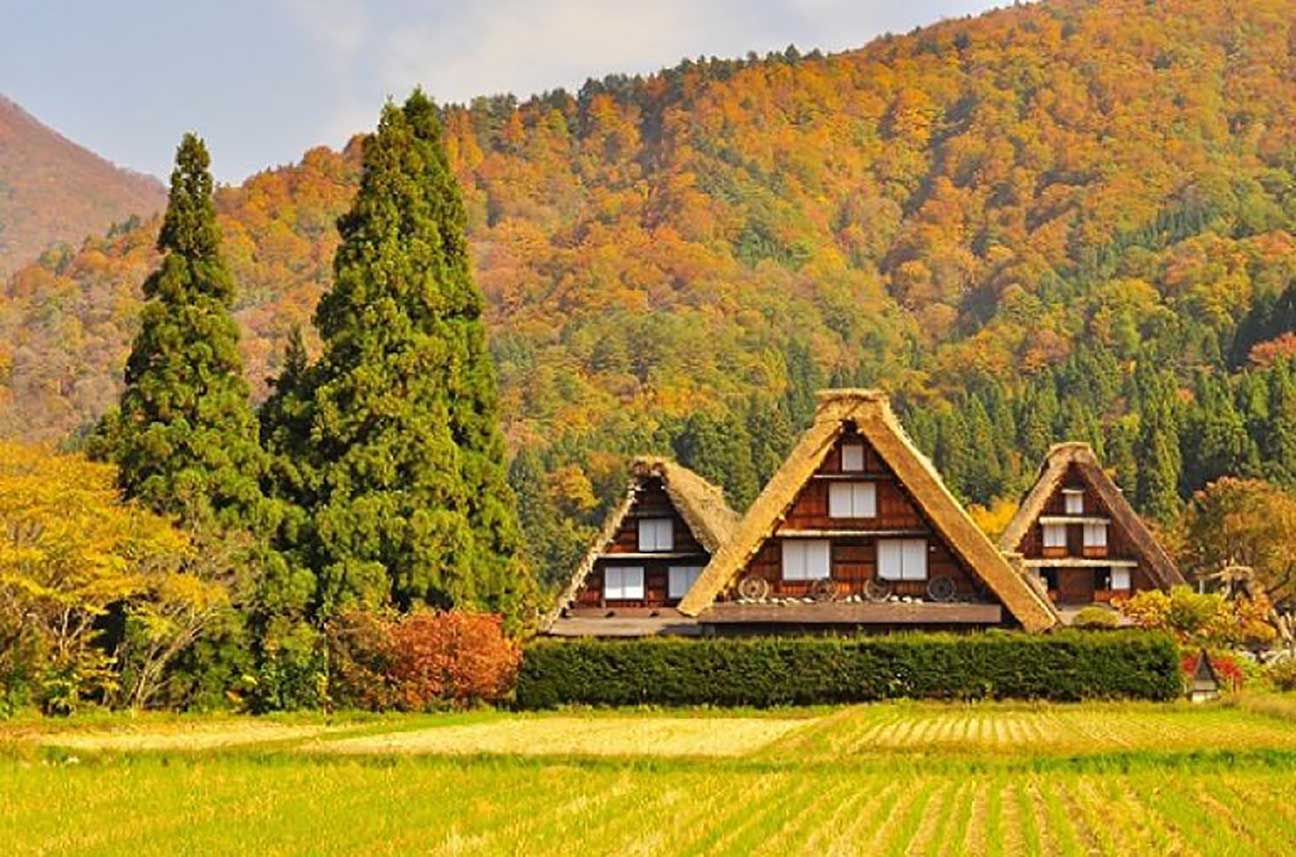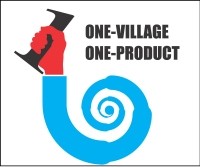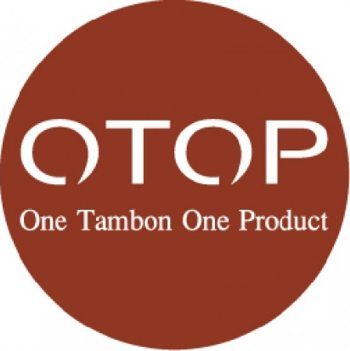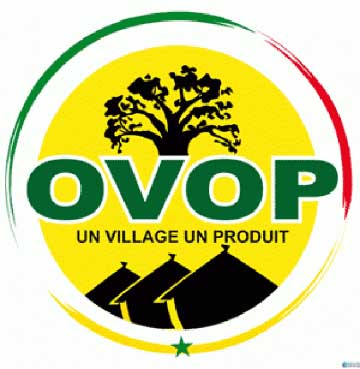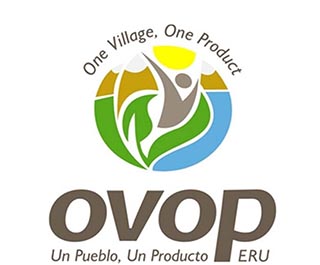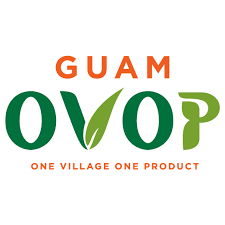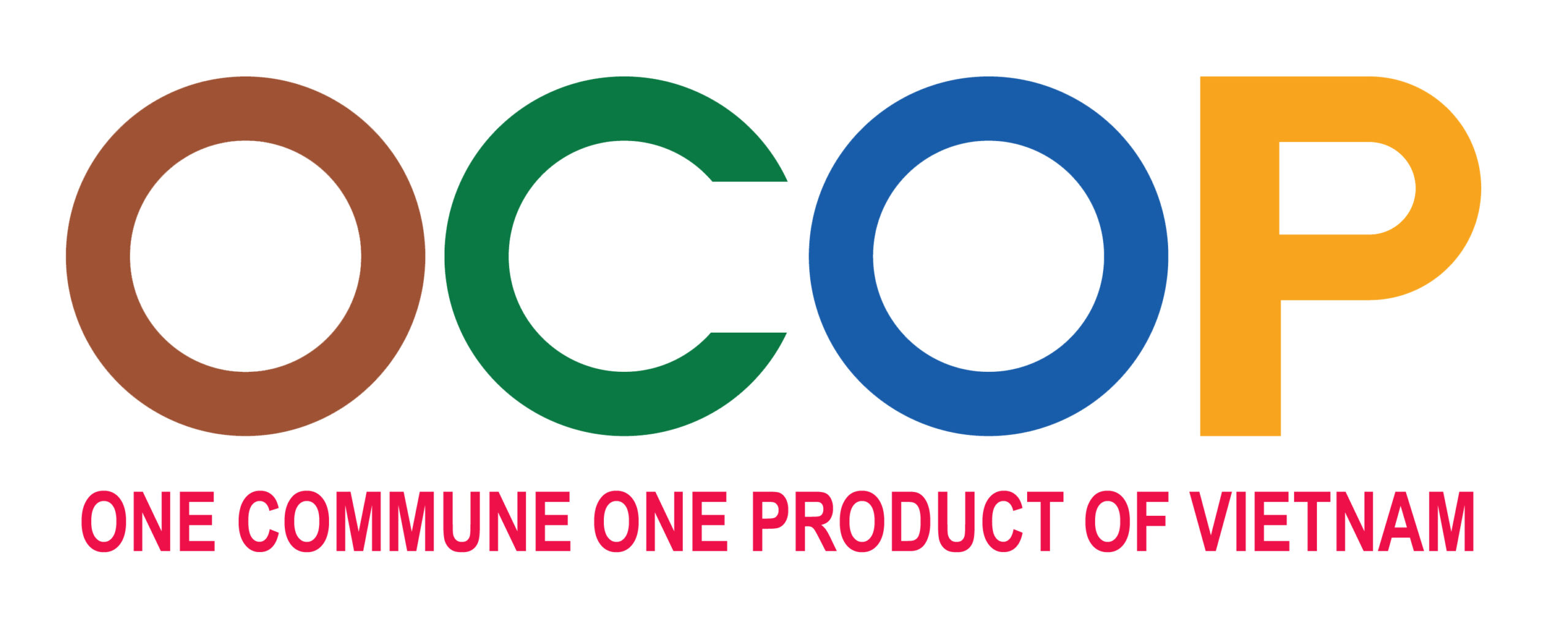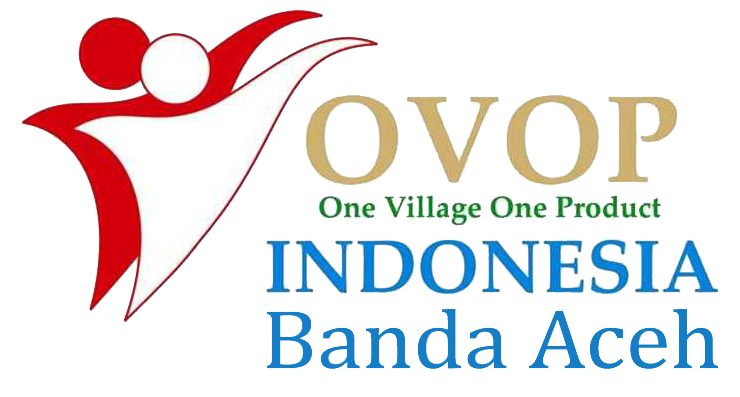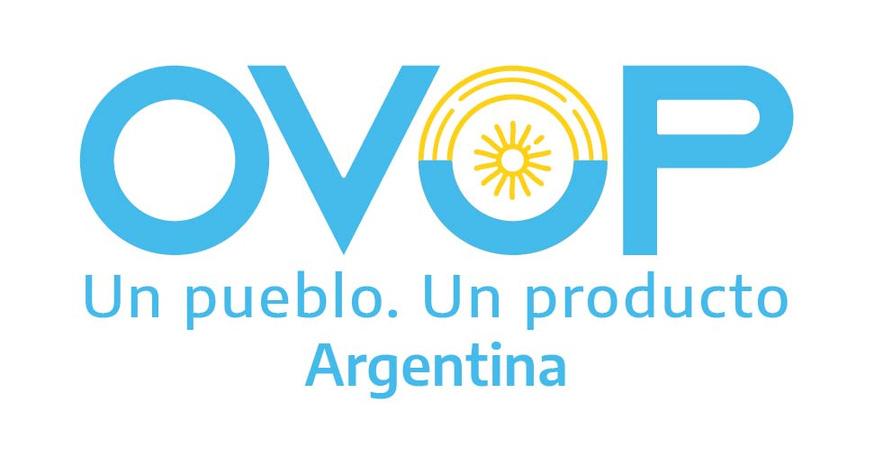With a predicted steady decline of Japan’s population, regional revitalisation has been among the top tasks on the Japanese government’s agenda recently. By 2030 Japan’s population is expected to fall more than 7% to reach less than 117 million. By 2060 the population could shrink to less than 87 million. But with this decline, the percentage of people over 65 years old is expected to grow steadily, reaching almost 40% by 2060.
This shrinking and ageing population is especially apparent in rural areas. In 1991, the term genkai shūraku had already been coined, referring to villages that are at risk of disappearing due to depopulation. Like many other rural areas across Japan, Gojome is grappling with an ageing and decreasing population as younger residents move to larger cities. Since Gojome’s peak population in the early years of Japan’s rapid economic growth (1954~1973), the town’s population has fallen more than 50% to 9970 people — with more than 40% of current residents above the age of 65.
Today the local government actively promotes Gojome, not only as a tourist destination, but also as an attractive place to migrate to for those who want to escape busy city life. This decrease in the number of vendors and customers is putting the tradition of more than five centuries and unique local products at risk of disappearing.
One of Gojome’s oldest traditions is the outdoor morning market (asaichi in Japanese) which has a history of more than 500 years. The market is open two to three times a week, but the number of market vendors is gradually decreasing. A woman who has been selling her products at the market for more than fifty years without skipping a day, told us that local residents used to buy ingredients for all of their meals at the market. However, Gojome’s changing commercial landscape and new consumer preferences have shifted customers away from what the morning market offers.
But retail outlet customers also expressed that the traditional morning market has both commercial and cultural value as it serves as a venue for seasonal festivals and traditional events. At the morning market, vendors display seasonal vegetables, locally harvested mountain herbs, mushrooms and homemade pickles, many of which are unique to the region.
Although large-scale retail stores might be perceived as competitors to the morning market, they also have the potential to contribute in their own way to saving and further promoting local products and traditions. For example, morning market vendors and local farmers have also started displaying their products at Aeon and Daisan. “I’d like to continue connecting consumers with producers by collaborating with local farmers and selling their products”, said Mr Hajime Miura, Director of Daisan.
Local residents also actively participate in preserving the morning market tradition. For example, the group Gojome Asaichi Daigaku, with cooperation from the Gojome Town Office and its Promotion of Commerce and Industry Department, organises provisional morning markets on Sundays, which is a convenient day for those who cannot visit the market during the week. The provisional morning market serves as a venue for new vendors who want to try selling their products.
Along with retail businesses, many local producers also run their business in a way that allows them to give something back to the community. For example, one of the conditions for employment at a local sake brewery, Fukurokujyu, which has been operating in the area since the late 17th century, is to be a resident of the town. The brewery president, Mr Kouei Watanabe said: “I want my employees to produce sake while experiencing the local climate and environment”. The mission of his business is to make local residents proud of their homeland. “My wish is for local people to proudly say to others that it is sake from their hometown,” continued Mr Watanabe.
Another example is a family woodcraft business run by its third generation owner Mr Tomoaki Sato, who is working towards branding and promoting products made of locally grown cedar. His aim is not only to contribute to the local economy but also maintain Gojome’s forestry industry and restore the natural environment of the mountains. The population in Japan is predicted to decline steadily in the future and with prolonged life expectancy and low birth rates the share of elderly population is expected to increase. It is easy to get discouraged by looking at these projections. However, today in the era of increased mobility and information exchange it is becoming possible to be connected and support communities in places such as Gojome. It can be done by purchasing products from the area, donating money for local projects, as well as visiting and sharing information about these places.
One of the projects based on the idea of connecting people to the area without requiring their constant physical presence there, is a Share Village Machimura project in Gojome. By contributing an annual fee, which is used for the maintenance of the traditional Japanese-style house, anyone from outside can become a “villager” and can come for a stay whenever they like. A similar platform called Dento Supporters (dentō is a Japanese word for “tradition”) has been launched to support craftspeople working in traditional industries. The members of the Gojome Revitalisation Corps also work towards connecting the local community to people and markets outside the area through branding and promotion of local products and services. Their initiatives include promotion of local products such as raspberries, support of female entrepreneurs, reutilisation of abandoned houses for community cafés and art exhibition galleries.
Such projects provide new forms of rural-urban linkages which can offer opportunities to those outside these communities for communication and learning, for example, by participating in rice planting and harvesting. This has potential to create connections and attachment to a certain area or practice. What is more important, these experiences can trigger people’s decisions to migrate from urban to rural areas.
These new forms of urban-rural experience, which do not always require people to travel to rural areas, can become key approaches in overcoming the issues brought by changing demographics. Retail business, local producers and customers across Japan and even abroad all play important roles in establishing these connections between cities and rural areas. It only requires remembering that your daily choices have power to influence lives of other people and shape society as a whole.






